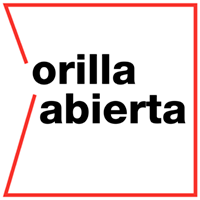






The Chilean director, playwright, musician and scriptwriter has been devoted for years to the task of thinking and creating non-human or post-anthropocentric theatre. Careful, it is not post-humanist theatre, assigning human actions and feelings to machines. No, it’s a criticism of the anthropocentric vision and the way that we as human beings relate and connect to each other and to other inhabitants on our planet. Or even from other worlds, because Mars is present in Cómo convertirse en Piedra (How to Turn into Stone) .
The experiment doesn’t end with the chosen subject matters, but also seeks the involvement of the formal and the dramaturgical, shaking up established ways of thought which are, naturally, deeply human. If you break a stone in half and know how to read it, you’ll find the sketch of the passage of time created by sedimentation and the geophysical phenomena that determine the place, form, weight and texture of a simple rock. How is this mechanism brought to the theatre?
Infante has a methodology she calls ‘imitating non-humanity with the body of the work’. To speak of rocks, she draws from the stones themselves the way in which she is going to speak about them, collecting the formal means via which she’ll speak of what she’s seen from what she observes. Taking the Aristotelian idea of mimesis one step further, she proposes action and narration models by imitating this stacking of agglomerate layers from the effect of the passage of time. The main tool is the loop. With a looping pedal, each of the three actors in the piece are superimposed in different narrative and action levels.
Manuela Infante reveals herself once again as a creator who – despite many European theatres offering her cash and resources – would rather keep living in Chile, with all its instability. She wants to keep the decolonial voice and outlook from the Global South that can contemplate how to become a stone, how to be closer to otherness and what is not human.
